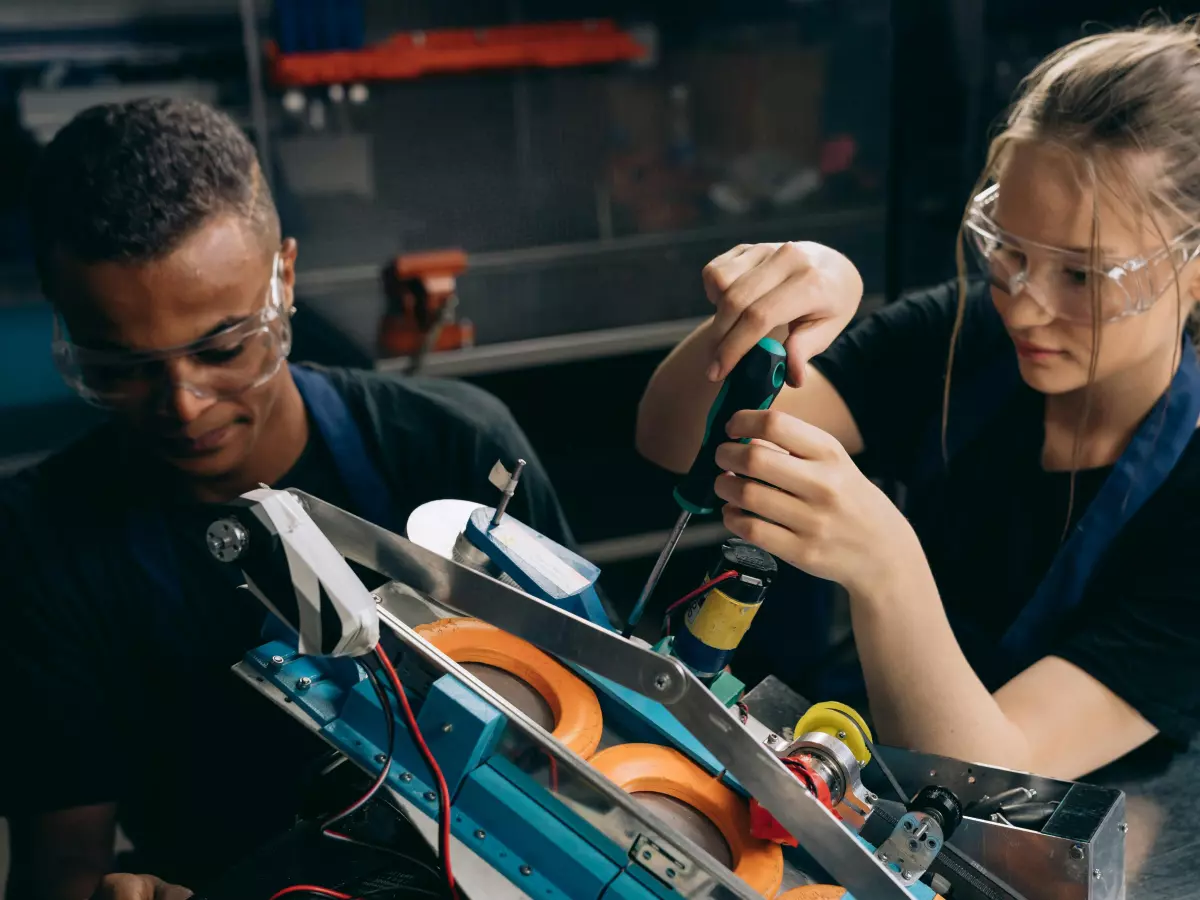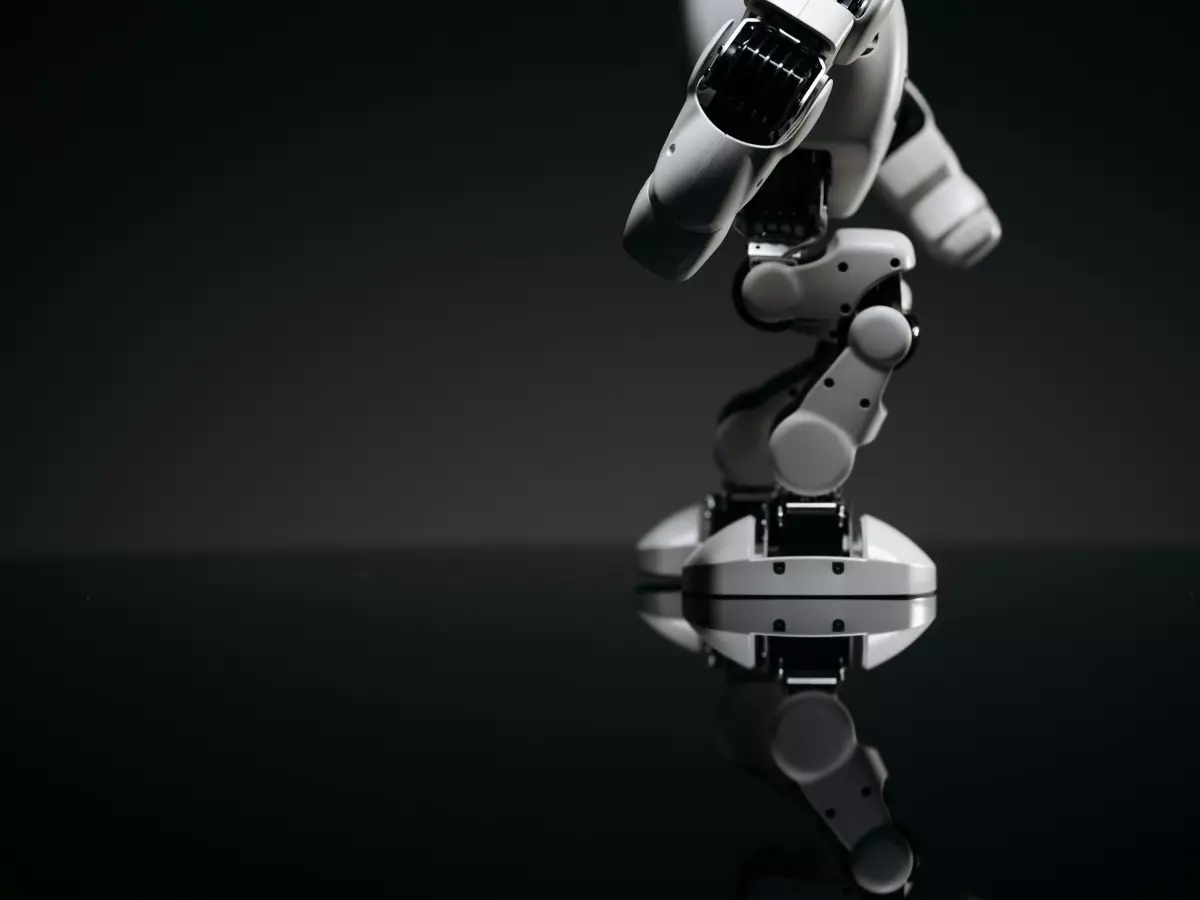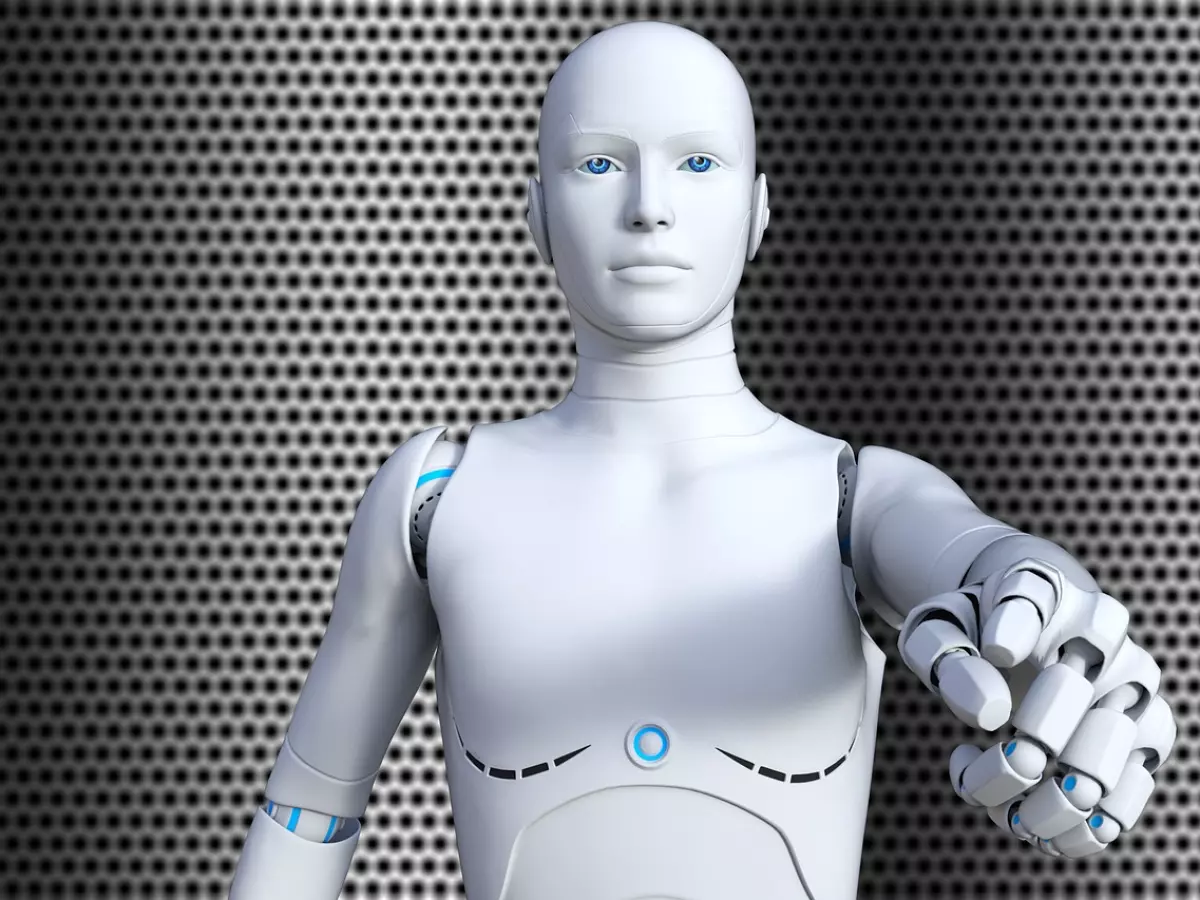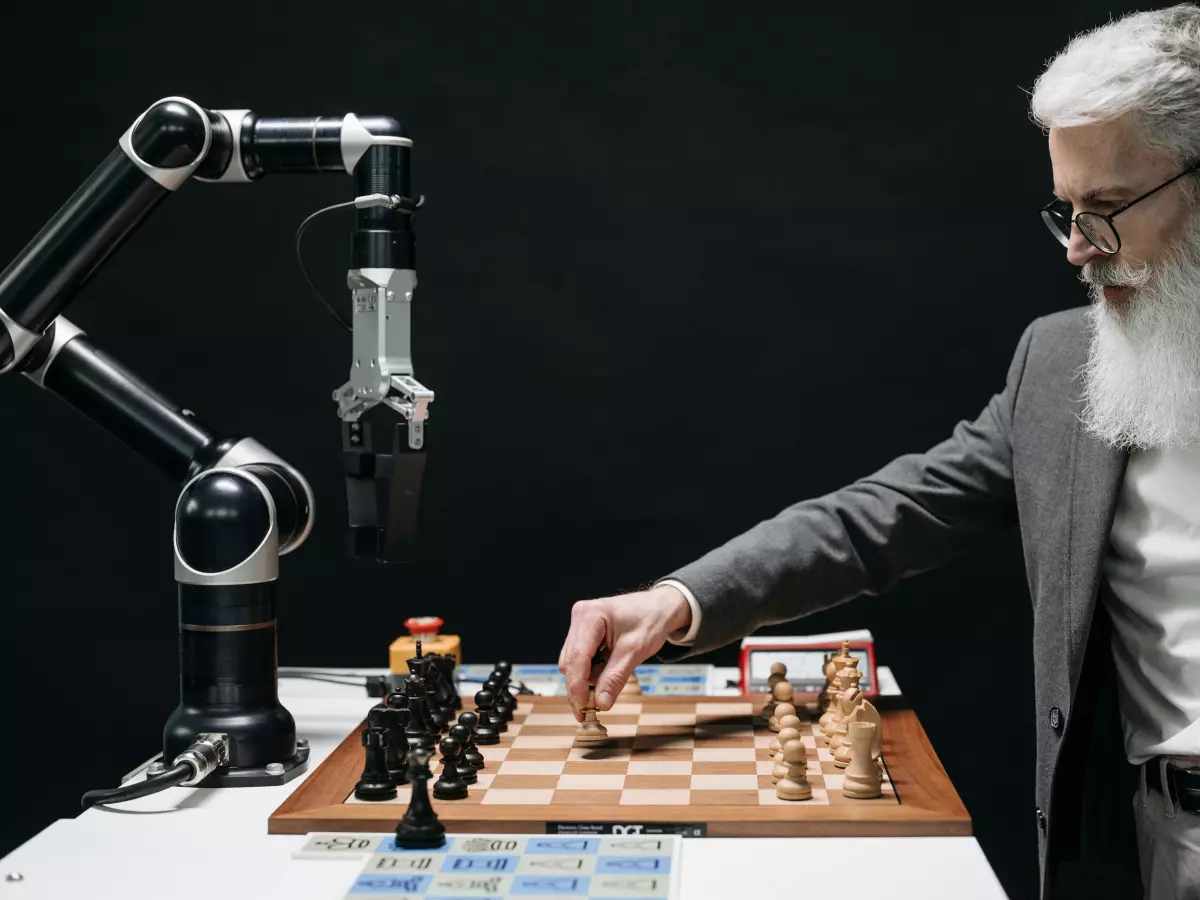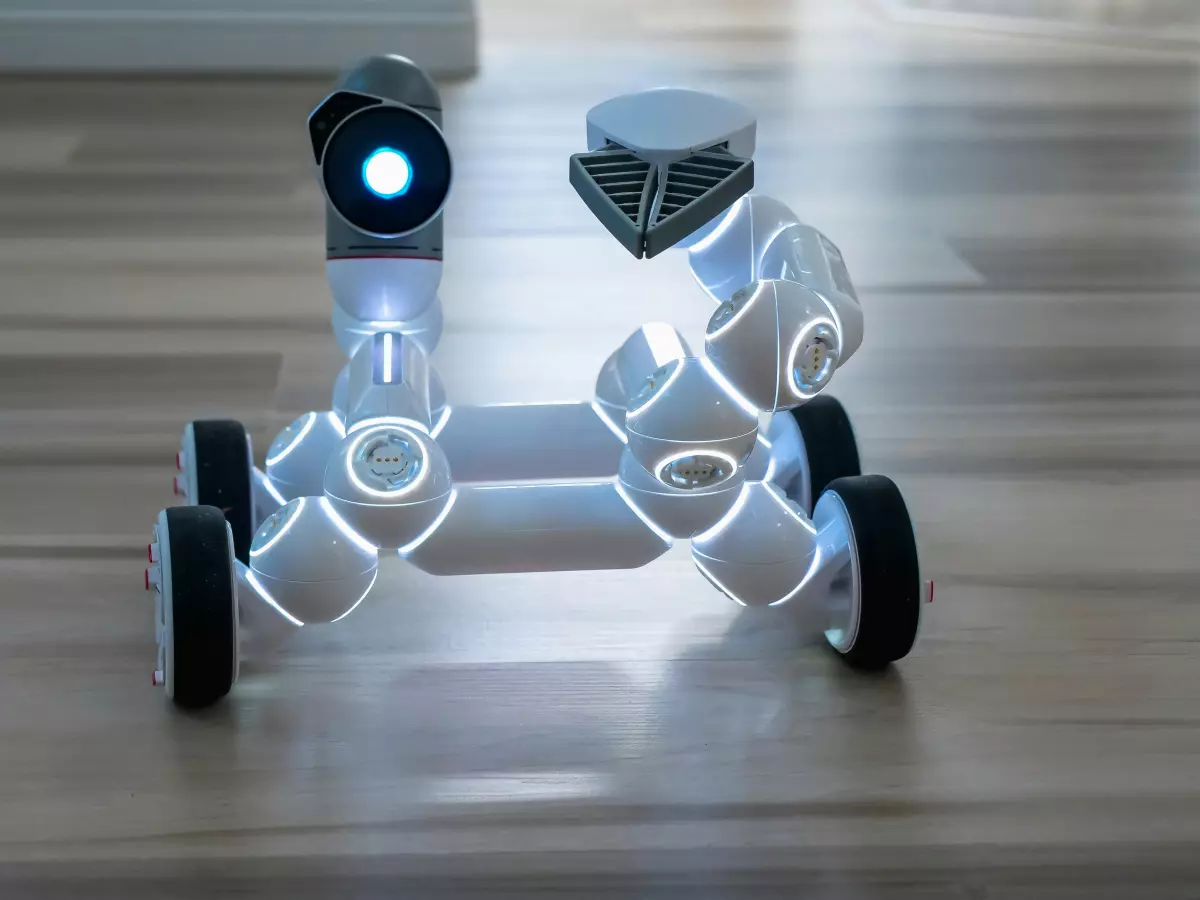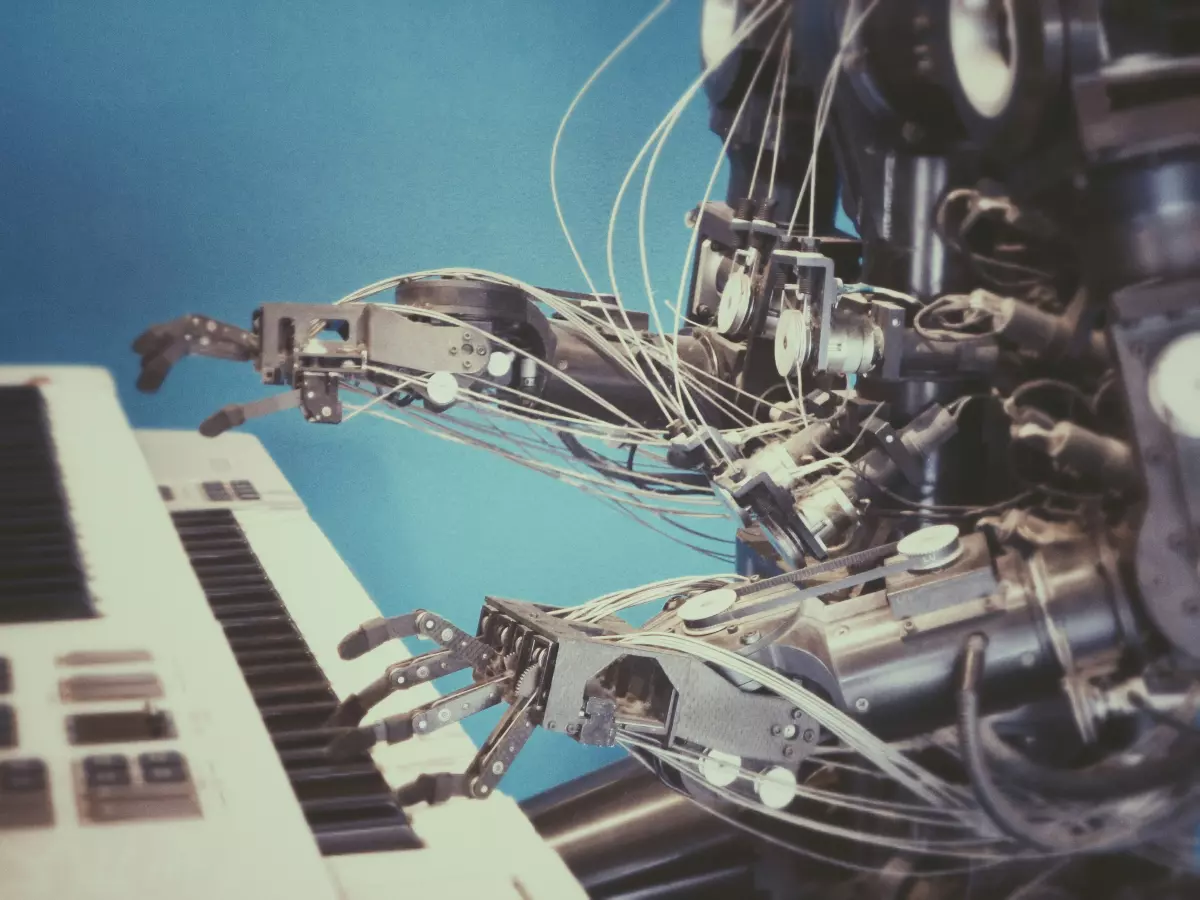Feedback Loops
If you're wondering how autonomous robots manage to navigate complex environments with precision, it's time to dive into the world of feedback loops. These systems are the backbone of robotic control, ensuring that robots can adapt, learn, and respond in real-time. But how exactly do they work, and why are they so crucial?

By Kevin Lee
Imagine you're driving a car. You constantly adjust your speed, direction, and braking based on what you see, hear, and feel. Now, compare that to an autonomous robot navigating a warehouse. Both you and the robot rely on feedback loops to make real-time decisions. But while your brain handles these adjustments almost intuitively, a robot's control system needs a more structured approach.
In robotics, feedback loops are the mechanisms that allow a robot to adjust its actions based on the information it receives from its environment. These loops are essential for everything from maintaining balance to avoiding obstacles. Without them, robots would be little more than pre-programmed machines, unable to adapt to the dynamic, unpredictable world around them.
What Exactly is a Feedback Loop?
At its core, a feedback loop is a system where the output of a process is fed back into the system as input. This allows the system to adjust its behavior based on the results of its previous actions. In robotics, feedback loops are used to control everything from motor speed to sensor data interpretation.
There are two main types of feedback loops: open-loop and closed-loop. In an open-loop system, the robot performs an action without considering the outcome. It's like pressing the gas pedal in a car without looking at the speedometer. In contrast, a closed-loop system continuously monitors the outcome of its actions and adjusts accordingly. This is more like driving while constantly checking your speed and adjusting the gas pedal to maintain a steady pace.
Most autonomous robots rely on closed-loop systems because they need to adapt to changing environments. For example, a robot vacuum cleaner uses a closed-loop system to adjust its path based on obstacles it encounters. It doesn't just follow a pre-set route; it constantly adjusts its movements to avoid bumping into furniture or walls.
The Role of Sensors in Feedback Loops
Feedback loops wouldn't be possible without sensors. These devices provide the robot with the information it needs to make decisions. Sensors can detect everything from distance to temperature, and they play a crucial role in helping robots understand their environment.
For example, a robot arm in a factory might use a force sensor to determine how much pressure it's applying to an object. If the sensor detects that the arm is applying too much force, the feedback loop will adjust the motor's power to reduce the pressure. This ensures that the robot doesn't damage the object it's handling.
Another example is a drone using a combination of gyroscopes and accelerometers to maintain its balance in the air. These sensors provide real-time data about the drone's orientation and movement, allowing the feedback loop to make tiny adjustments to the drone's motors to keep it stable.
Control Systems and Feedback Loops
Feedback loops are closely tied to a robot's control system. The control system is responsible for interpreting the data from the sensors and deciding how to adjust the robot's actions. This process is often referred to as control theory, and it's a critical aspect of robotics.
One of the most common types of control systems used in robotics is the PID controller. This stands for Proportional, Integral, and Derivative, which are the three components of the control system. The PID controller uses feedback from the sensors to adjust the robot's actions in real-time, ensuring that it stays on course.
For example, imagine a robot that's trying to maintain a specific speed. The PID controller will use feedback from the robot's speed sensor to adjust the motor's power. If the robot is going too fast, the controller will reduce the power. If it's going too slow, the controller will increase the power. This constant adjustment ensures that the robot maintains a steady speed, even if the terrain or load changes.
Why Feedback Loops Matter for Autonomous Robots
Feedback loops are especially important for autonomous robots because they allow the robot to operate in unpredictable environments. Unlike traditional robots that follow pre-programmed instructions, autonomous robots need to make decisions on the fly. Feedback loops give them the ability to do this by constantly adjusting their actions based on real-time data.
For example, an autonomous delivery robot navigating a busy city street needs to avoid pedestrians, cars, and other obstacles. It can't rely on a pre-set route because the environment is constantly changing. Instead, it uses feedback loops to adjust its path in real-time, ensuring that it avoids collisions and stays on course.
Another example is a self-driving car. These vehicles use a combination of sensors and feedback loops to navigate roads, avoid obstacles, and maintain a safe distance from other vehicles. The feedback loops allow the car to adjust its speed, steering, and braking based on the data it receives from its sensors.
The Future of Feedback Loops in Robotics
As robots become more advanced, feedback loops will play an even greater role in their control systems. One area where this is particularly important is in machine learning. By incorporating feedback loops into machine learning algorithms, robots can learn from their mistakes and improve their performance over time.
For example, a robot that's learning to walk might use a feedback loop to adjust its gait based on how well it's balancing. Over time, the robot will learn which movements work best and will be able to walk more efficiently. This type of learning wouldn't be possible without feedback loops.
Another area where feedback loops are becoming more important is in human-robot interaction. As robots become more integrated into our daily lives, they need to be able to respond to human input in real-time. Feedback loops allow robots to adjust their actions based on human commands, making them more intuitive and user-friendly.
In the future, we can expect to see even more sophisticated feedback loops that allow robots to operate in increasingly complex environments. Whether it's a robot surgeon performing delicate operations or a drone navigating a crowded city, feedback loops will continue to be a critical component of autonomous robotics.
As the famous roboticist Rodney Brooks once said, "The real world is where robots live, and feedback loops are what keep them alive." This quote perfectly captures the importance of feedback loops in robotics. Without them, robots would be lost in the chaos of the real world, unable to adapt or survive.
